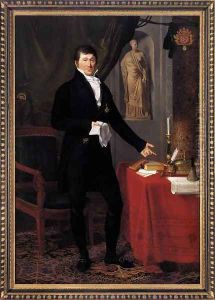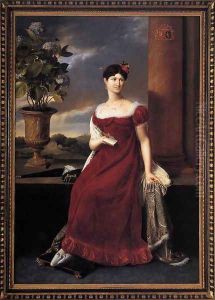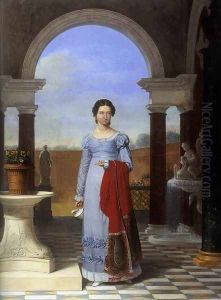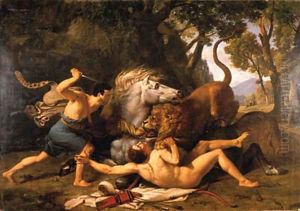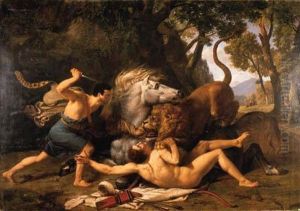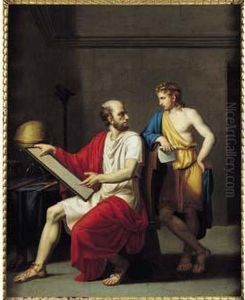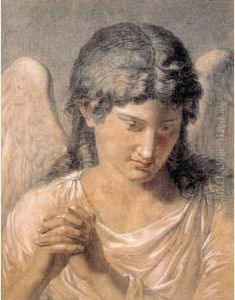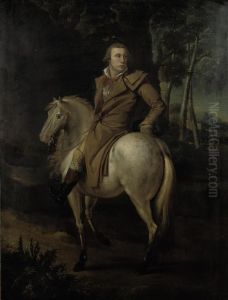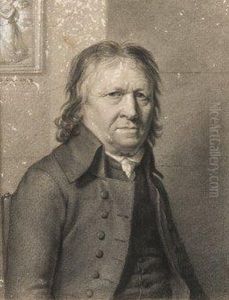Joseph-Francois Ducq Paintings
Joseph-François Ducq was a Belgian painter known for his expertise in historical painting and portraiture. Born on September 22, 1762, in Ledegem, West Flanders, Ducq showed an early interest in art and pursued his passion by initially studying at the Academy of Bruges. He later moved to Paris to further his education and was a pupil of the renowned painter Joseph-Benoît Suvée, who was also a native of Bruges.
In Paris, Ducq's talent began to flourish, and he received recognition for his work. His classical style was heavily influenced by the Neoclassical movement, which was predominant at the time and characterized by an emphasis on simplicity, symmetry, and an admiration of the classical arts of Greece and Rome. Ducq's commitment to Neoclassicism was evident in his meticulous compositions, harmonious colors, and the serene dignity he conferred upon his subjects.
During the French Revolution, Ducq spent time in Italy, which further enriched his artistic vocabulary. He studied the old masters and was particularly influenced by the works of Raphael and Titian. This period helped Ducq to refine his own painting style, which combined the grandeur of the Italian Renaissance with the elegance of French Neoclassicism.
After his Italian sojourn, Ducq returned to Flanders and became a professor at the Academy of Ghent. His reputation as an artist and teacher grew, and he was appointed as the director of the Academy of Bruges, a position he held until his death. Throughout his career, Ducq received various honors, including being named a knight in the Legion of Honor by Napoleon Bonaparte.
Ducq's body of work includes historical scenes, mythological subjects, religious paintings, and portraits. His paintings are noted for their narrative clarity, emotional depth, and technical precision. Some of his notable works are 'The Death of Hippolytus' and 'The Education of the Virgin.'
Joseph-François Ducq passed away on April 18, 1829, in Bruges. His legacy lives on through his paintings, which are displayed in museums and collections across Europe. Ducq is remembered as a prominent figure in the transition from Neoclassicism to Romanticism in Flemish painting.
